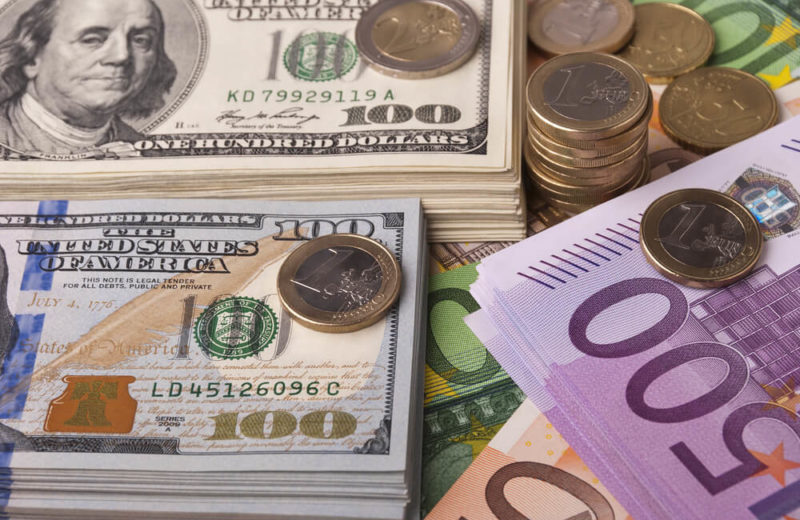The Bank of Canada is moving towards a tight monetary policy. It is an unusual trend among the wealthiest nations. Many analyst suggest that by cutting rates, the Bank of Canada will likely loosen its monetary policy later in 2020.
The interest rate paid by the Reserve Bank of Australia, the Aussie’s central bank, is 0.75%. It is neither low nor high in relative terms. It’s average. From the Reserve Bank of Australia, markets are expecting to hold rates steady over the next few months. Although a further cut shortly would not be a great surprise. The latest action on rates was a rate cut.
At an annualized rate of increase, 1.7% is the current Gross Domestic Product. It’s a bit lower than expected. Most probably in 2020, the price of growth will drop to 0.8%, as most forecasters expect.
The real interest rate is effectively a negative -1.15%, meaning that inflation is running at 1.90%.
The Australian Dollar and New Zealand Kiwi
The Reserve Bank of Australia is moving towards a looser monetary policy. Probably by cutting rates, the Reserve Bank of Australia will be forced to loosen monetary policy later in 2020, as analysts suggest.
The interest rate paid by the Reserve Bank of New Zealand, Kiwi’s central bank, is 1.00%. It’s a bit up of the average in relative terms. The Reserve Bank of New Zealand will have to cut its rate soon, as markets expect. The Reserve Bank of New Zealand surprised analysts with passing on an expected rate cut near the end of 2019.
The Gross domestic product of New Zealand is running at an annualized rate of increase of 2.1%. It’s the highest indicator of all major global currencies’ nations. The price of growth will drop to 0.8 in 2020. These are the assumptions most forecasters and economists are making about New Zealand’s currency.















